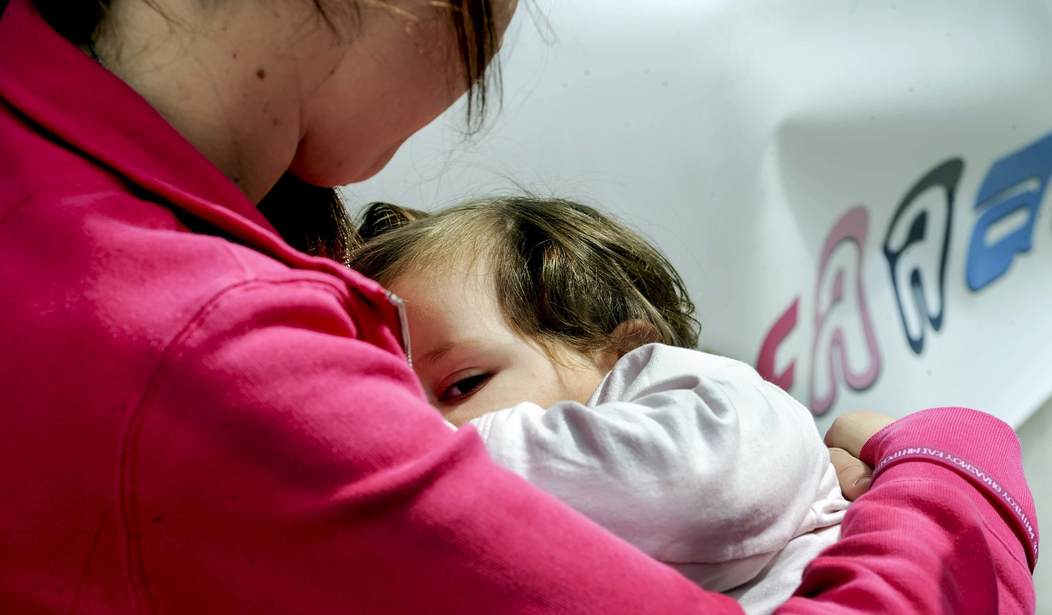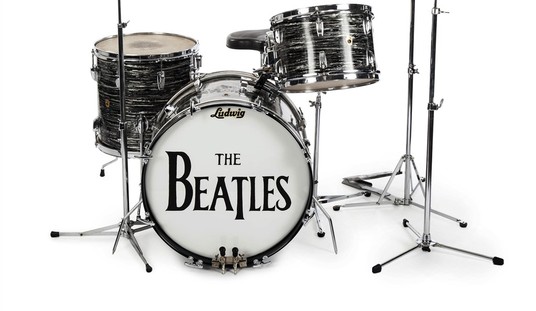Virgie Townsend can do something that many new mothers only ever dream of doing: She produces unbelievable amounts of breast milk. While still in the hospital with her baby, she realized her gift. She became engorged, only to pump six bottles (or 15 ounces) of the liquid gold in a short time. (When most nursing mothers are at their peak, they produce 30 ounces in an entire day!) “I felt like a Holstein that had just won the blue ribbon at the county fair,” she wrote.
While Townsend’s daughter ate very well, she could not possibly consume everything her mother was making. That led to a refrigerator and freezer stocked to the brim with little bags of breast milk. What to do?
That is when Townsend began looking into the world of breast milk donation. In her piece for the Washington Post, she wrote:
I began to look into human milk banks. There are currently 18 human milk banks in the United States and Canada that are affiliated with the Human Milk Banking Association of North America, which sets guidelines for ensuring donor breast milk safety. Milk banks pasteurize donor milk to kill bacteria, combine it with other donors’ milk to make sure the milk components are well balanced, and test the milk for contamination. They then provide the milk to premature babies and other infants whose parents may not be able to breast-feed.
In 2016, 9.6 percent of U.S. infants were born prematurely, which can cause a host of health issues, including necrotizing enterocolitis (NEC), a serious disease in which babies’ intestines are damaged or die, causing waste to leak into their bloodstream. In 2013, preterm-birth complications were responsible for a third of U.S. infant deaths, according to the Centers for Disease Control.
[…]
A 2016 Pediatrics study reported that hospitals that began offering donor milk to premature babies saw a 2.6 percent drop in rates of NEC. Additionally, the rate of mothers breast-feeding their own babies at the time of discharge rose by 10 percent. But a few months later, a JAMA Pediatrics article reported that there were no significant differences between rates of sepsis and NEC in preemies who received donor milk and those who had formula.
Overall, the World Health Organization says preemies should drink their own mother’s milk when possible, but recommends donor milk as the best backup.
Faced with the option of either throwing away the excess breast milk that her daughter couldn’t eat or donating it to a tiny baby in need, Townsend chose the latter. She says that “donating breast milk may benefit premature babies a little, and a little advantage can mean everything to parents who are worried about their child.”








Join the conversation as a VIP Member